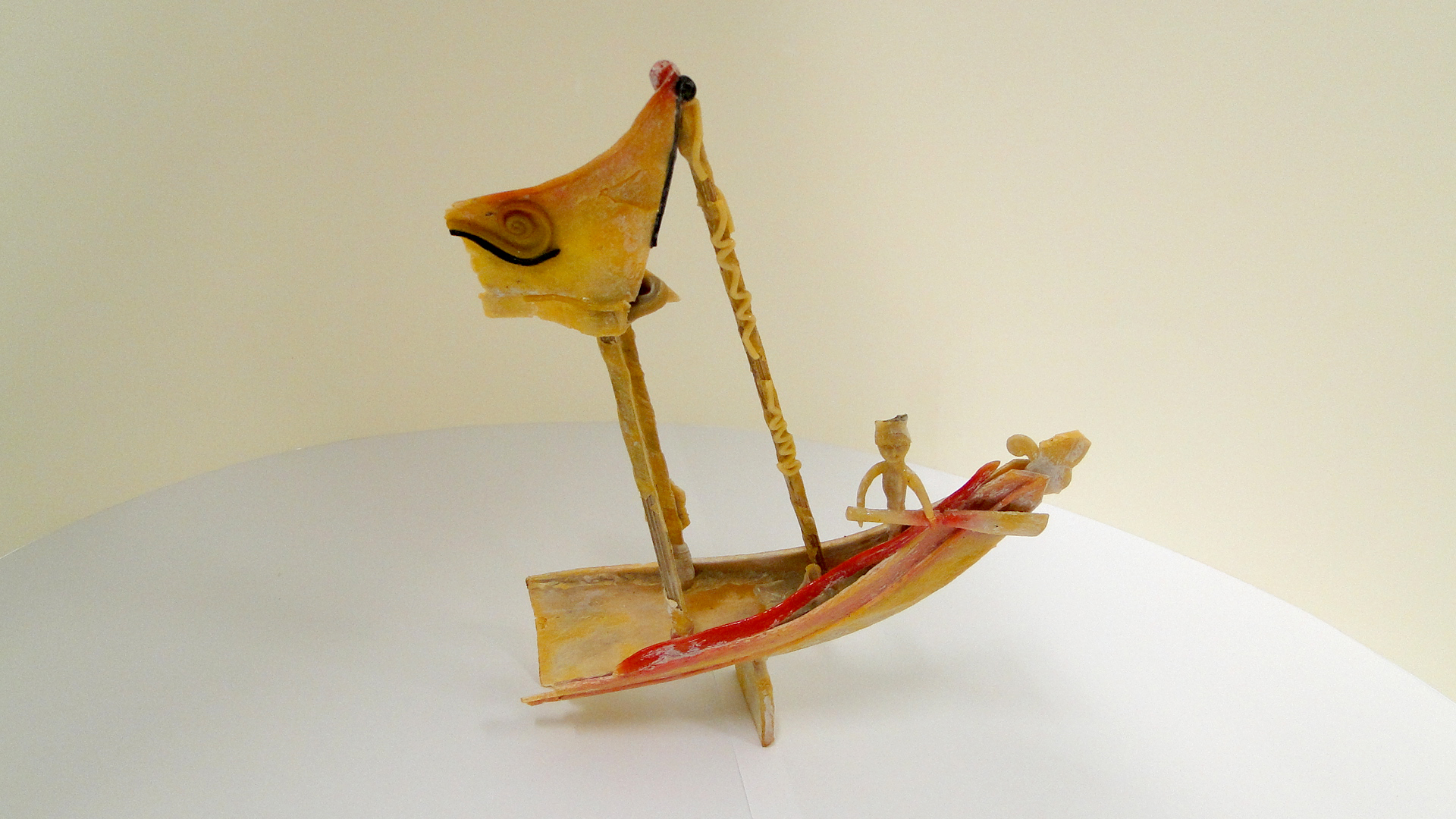Plastics
Hard Vulcanized Rubber (HVR)
General information
Description
Hard vulcanized rubber (HVR) is obtained from natural rubber by a prolonged vulcanisation process. This changes the elastic material to become hard and rigid. It often has a dark colour and can smell of sulphur. The tradename Ebonite comes from its resemblance with ebony wood.History
In the 1830s scientists discovered that adding sulphur to rubber made it less sticky. In 1845 the first vulcanisation processes were patented in the UK and US. Adding large quantities of sulphur resulted in a hard and rigid material. Between 1850 and 1930 it was produced at a large scale.Production, Application, Appearance
Hard vulcanized rubber (HVR) is a dark brown/black material by nature. In the olden days it was used as imitation of ebony wood and jet with applications in furniture, jewellery, and typewriting machines. After bleaching it could be used as substitute of horn and ivory and until the 1940s it served to make dental prostheses. Nowadays it can be found in luxurious pens, jewellery, mouthpieces of musical instruments and bowling balls.Properties
Material properties
ThermosetDensity: 1.1-1.2 g/l
Melting point: 30-35.5°C
Glass transition temperature:
Identification properties
Cell structure (foam): not applicableSmell: sulphur like
Touch: no characteristic touch
Sound: no characteristic sound
UV-radiation (when clear): not applicable
Polarizing filters (when clear): not applicable
Degradation
Process
Photo-oxidation, oxidation by ambient oxygen and ozone, metals may catalize depolymerization. Emitted sulphur may tarnish silver.Details
HVR is not considered a problem plastic.Symptoms
Discolouration; surface becomes matte; loss of mechanical properties such as flexibility resulting in tears and fractures; formation of sulphuric acid may cause stripes on the surface.Susceptibility
UV-radiation: LowLight: Low
Oxygen/Ozone: Low
Temp: Low
RH: Medium
Preventive conservation
Recommendations
UV-RADIATION: avoid extremesLIGHT: 1 slight change in approx. 300 Mlx.h Avoid high light dose
OXYGEN / OZONE: ambient conditions
TEMP: common indoor conditions 10-30°C
RH: common museum conditions 40-60% RH fluctuations: setpoint ±10% or ±5% when allowing seasonal fluctations between 35-65%
—
Note: If possible do not store rubber in contact with metals; copper and manganese catalyse depolymerisation of rubber while sulphur emitted from rubber may tarnish silver.
Other names
- Gutta Percha
- Balata
- Eboniet
- Vulcaniet
- Hard rubber
- Pararubber



